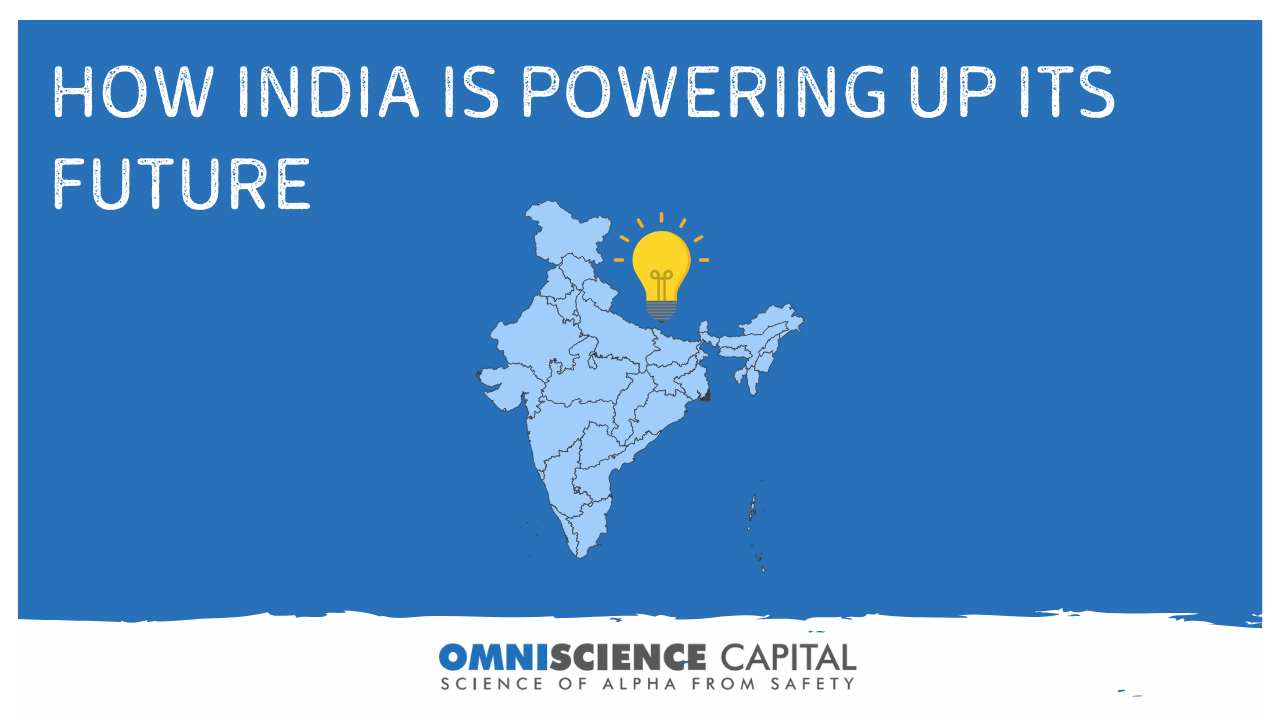Once known for its power cuts and patchy electricity supply, India is quietly flipping the switch on a massive energy transformation. From dusty villages getting lightbulbs for the first time, to solar farms rising like techno-sunflowers across the landscape, India is steadily charging ahead.
But let’s start with the basics: how much power does an average Indian actually use?
Still Behind, But Catching Up Fast
India’s per capita electricity consumption in 2024 stands at just 1,395 kWh. That’s like running one water heater for a couple of hours a day for a year. Now compare this:
- Canada: 14,148 kWh
- USA: 12,705
- South Korea: 11,313
- Japan: 7,569
- UK: 4,144
Even among developing peers, India ranks low:
- China: 6,112
- Brazil: 2,723
- Indonesia: 1,272

So yes, India uses much less electricity per person than most countries. But that also means there’s massive room to grow.
And grow it will. By 2035, India is projected to nearly double its per capita consumption to 2,576 kWh. That’s a 1.85x jump—signalling more fans, fridges, factories, and fibre-optics lighting up everyday lives.

From Shortages To Surplus
Just a decade ago, India was struggling to keep the lights on. In FY14, the country faced a 4.2% energy shortfall—that’s a lot of flickering fans and stalled machines.
Now in FY24–25, India met a record peak demand of 250 GW, with just 0.1% shortfall. That’s a huge turnaround.
And it’s not just quantity. The quality of power supply has soared too:
- In rural India, average daily supply has risen from 12.5 hours in 2014 to 21.9 hours in 2024.
- In cities, it’s up to 23.4 hours—almost round-the-clock.
The result? A 45% rise in electricity use per person, and an economy that’s slowly getting turbocharged.

Clean, Green, and Lean
Behind this surge is a quiet revolution in India’s energy mix.
Since 2014, India has added:
- 91 GW of solar power
- 27 GW of wind power
- 6.3 GW of hydro
That’s 129 GW of clean energy—enough to run a medium-sized country!
Overall, India’s total installed capacity has risen 83.8% since 2014, reaching 457 GW today. And it’s not slowing down.
By 2030, India aims to touch:
- 777 GW total capacity (11.2% CAGR)
- 500 GW renewable capacity (19% CAGR)
With solar power tripling (from 98 GW to 293 GW) and wind doubling (from 48 GW to 100 GW), India is betting big on sun and wind.
EVs and Smart Grids
This isn’t just about big grids and megawatts. Electric mobility is zooming into the picture too.
In FY24, India produced 24.7 million vehicles, including 1.7 million EVs. But by 2030, out of an expected 29 million vehicles, a whopping 10 million are projected to be EVs. That’s a 34.4% CAGR in EVs— battery-powered boost on wheels.
Meanwhile, the grid is getting smarter:
- Rs 60,676 crore has been greenlit for modern transmission projects
- 20 crore smart meters are being rolled out
- Power losses (AT&C) have fallen to 15.37%—less theft, more efficiency.

National Power Plan
India’s National Electricity Plan (2023–2032) is a blueprint for the future.
It targets:
- 458 GW peak demand
- Transmission lines growing from 4.91 lakh ckm to 6.48 lakh ckm
- Massive, pumped storage (35 GW by 2031–32) for clean energy storage
Conclusion: Powering Not Just Homes, But Hopes
India’s electricity story is not just about cables, grids, or turbines.
It’s about students studying at night, factories humming with jobs, families cooking meals on induction stoves, and entrepreneurs running internet shops in small towns.
As India powers up, it’s also lifting millions into the light—literally and economically.
And though the journey is long, the wires are buzzing with promise.
